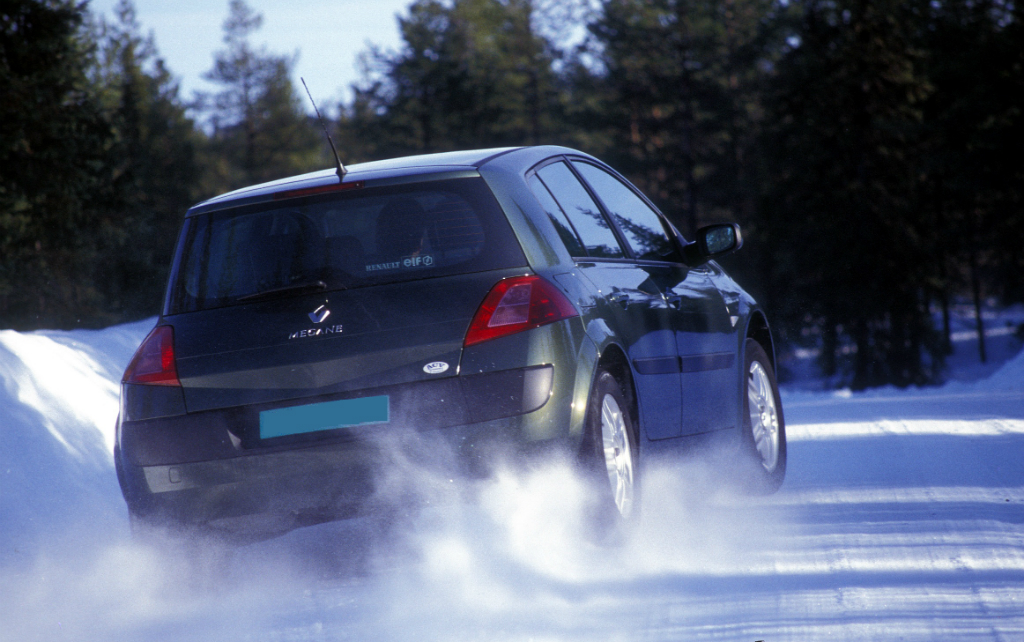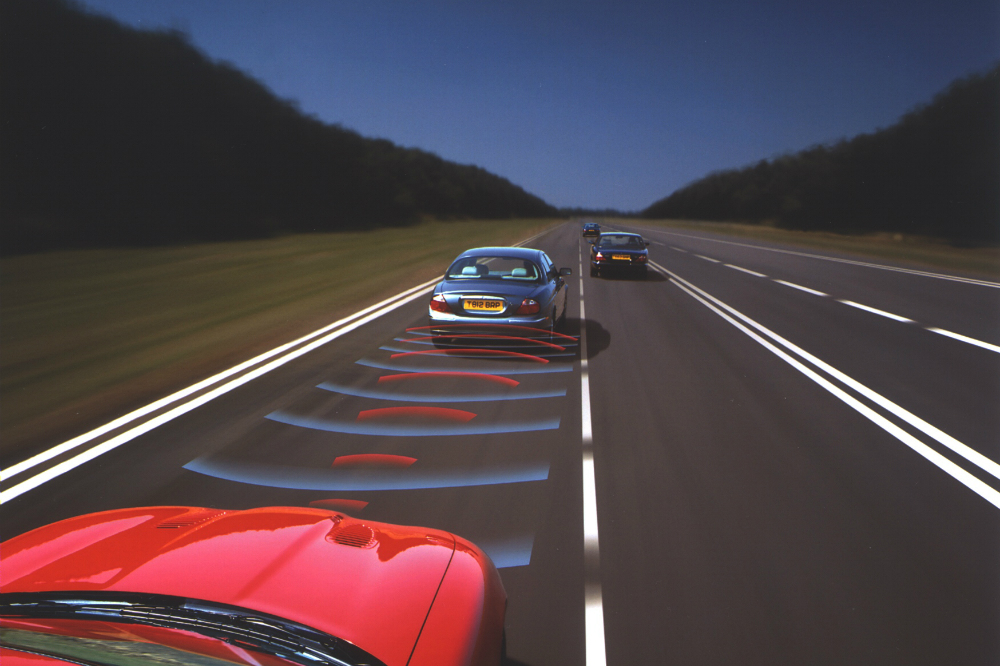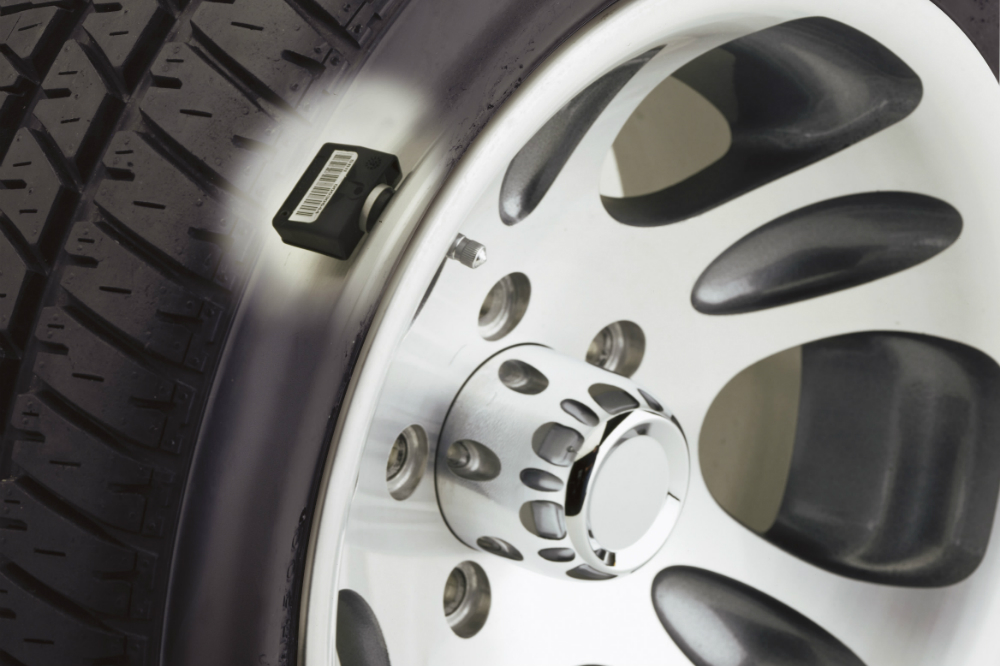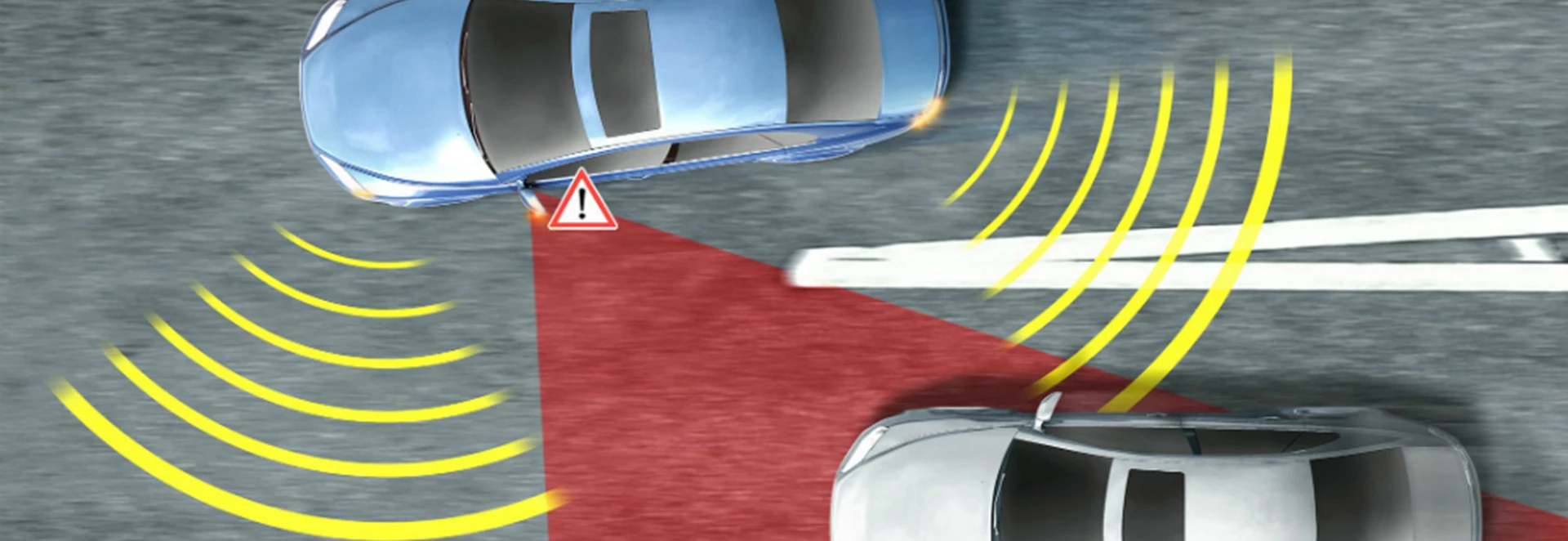Virtually every new car sold today delivers a very high standard when it comes to safety performance. Playing a big part in protecting driver and passengers is the vast array of safety features found onboard, many of which are standard on the car.
Understanding just what kind of safety features is included on your potential new car can be troublesome however. It doesn’t help that there are so many acronyms being thrown around nowadays. Also, as manufacturers continue to rapidly add new technology to their latest cars, the number of names and acronyms grows larger.
To make matters more complicated, some manufacturers also like to take established safety features and gadgets and give them their own branding when they’re on their cars. But what are the latest car safety features?
To help out though, here is our guide to a lot of the more common new car safety features seen on today’s cars. Here we summarise what various commonly seen acronyms stand for and how each feature helps protect you while you drive.
What is an active safety feature in cars?
An active safety feature describes a safety feature usually designed to prevent or mitigate road accidents. In some countries including the UK, active safety features may be alternatively referred to as primary safety features.
Below are various safety features highlighted, some of which are considered active or primary safety features, whereas others may be considered a passive or secondary safety feature - designed to protect passengers during an accident.
Electronic Stability Control/Programme (ESC/ESP)

A common feature in even the cheapest new cars, Electronic Stability is a piece of technology which reduces how much a vehicle rolls while travelling through a corner. It helps to restore full stability and steerability even when the car is threatening to breakaway and lose control.
Anti-lock Braking System (ABS)
Another very common feature in modern cars, anti-lock brakes prevent the wheels from locking during heavy braking. This reduces the braking distance of a car and significantly improves handling under braking. ABS is especially useful in an emergency stop or when driving in poor weather conditions as it prevents skidding while coming to a stop. ABS is certainly one of the most common, yet best new car safety features on many vehicles today.
Traction Control System (TCS)
Traction Control, also sometimes known as Anti-Slip Regulation (ASR), is a gadget that varies the engine output if loss of control is detected.
TCS can anticipate when understeer or oversteer is about to occur to a car while being driven. In reaction, it can reduce the amount of torque being sent to individual wheels to minimise these effects and secure full control to the driver.
Electronic Braking Limitation/Brake-force Distribution (EBL/EBD)
This brake technology manages the varying braking pressure between each wheel of the car. That helps to reduce speed while also giving the driver maximum control over steering. This feature is always featured alongside anti-lock brakes (ABS).
Brake Assist
This driver aid increases the amount of braking pressure when it detects the driver is undertaking emergency braking. This feature can cut the stopping distance by as much as one fifth and is nowadays one of the most common new car safety features.
Collision avoidance system
This is one of the latest car safety features, and refers to the increasingly common braking technology designed to prevent low-speed accidents, or at least reduce their severity. Usually relying on radar-based sensors at the front of the car, this tech feature can detect an imminent impact with another car or object in front. In reaction the car will automatically apply the brakes for the driver.
This feature can be seen now on a fair number of family cars when choosing a high-end trim level. Each manufacturer tends to give their collision avoidance system its own branding however. For example, Ford calls their equivalent ‘Active City Stop’, while Mazda calls it ‘Smart City Brake’. Other alternative terms used for this safety tech at the moment include ‘Radar City Brake’ and ‘Smart City Brake’.
Cruise Control

A handy feature for motorway driving, Cruise Control automatically controls the speed of the car at a set amount without the driver’s input.
Cruise control is usually standard on new premium cars or when choosing high-level trims for cheaper family cars and city cars. Many people would argue that this is one of the best new car safety features.
Adaptive Cruise Control (ACC)
Like Cruise Control, this automatically controls the speed of the car without the driver’s direct input. This is a more sophisticated version of the feature, however, which monitors the surrounding traffic with radar sensors.
With this information, Adaptive Cruise Control can automatically adjust the speed to the current driving conditions, allowing the driver to focus simply on steering.
Blind Spot Detection
A safety gadget usually built into the wing mirrors, blind spot detectors can alter the driver when there’s another car in their blind spot. When a driver indicates to turn and there’s something in the car’s blind sport the detector alerts the driver.
The method of alerting the driver may take the form of a flashing light near the wing mirror or by vibrating the steering wheel.
Lane Departure Warning System
When a car is on the road and not using its indicators, a Lane Departure Warning System can inform a driver when their car is drifting out of its lane. This is usually achieved with radar sensors on the side of the car, which detect when the vehicle is crossing a white line on the side of the lane.
When a car starts crossing over one of the white lines, possibly due to loss of concentration, the Lane Departure Warning System will alert the driver possibly with an alarm noise or by vibrating the steering wheel.
Parking Sensors
A common feature on premium cars and top trim level family cars, Parking Sensors calculate the distance of other objects to the proximity of a car’s rear (or front).
These sensors support the driver while parking by indicating, typically via a beeping sound, how close they are to other objects. The closer the car is to another object, the shorter delay there is between each beep. Parking sensors are most commonly installed to the rear of a car, but some cars can provide these at the front as well. The feature normally switches on automatically when a car is put in reverse gear.
Providing additional convenience and safety for the driver, rear Parking Sensors may also be supported by a rear camera. The image from this is typically displayed on a screen situated around the centre console.
Active Headlights
A common feature nowadays on premium cars, Active Headlights can adapt to the direction a car is travelling in. In the dark or other low visibility scenarios, Active Headlights effectively allow the car to ‘look’ around a corner.
More sophisticated versions of Active Headlights are supported with cameras that can monitor the road ahead and adjust the headlamps accordingly. So therefore if visibility is particularly low, the Active Headlights can automatically turn on full beam. If another car is detected coming towards you, however, then the beam will automatically adjust to avoid dazzling other drivers.
Tyre Pressure Monitoring System (TPMS)

TPMS can monitor the current tyre pressures of a car to help drivers maintain them at the right pressures. There are two basic types of TPMS, ‘direct’ and ‘indirect’ pressure monitoring.
The direct type consists of a sensor inside each tyre which measures the pressure and relays information to the car’s onboard computer. Therefore it can display the current status of tyre pressure and signal a warning when there’s an issue in this regard.
The indirect type of TPMS involves the anti-lock brake system (ABS), which receive sensors for monitoring wheel speed. If one of these sensors detects a change in the wheel speed relative to the other wheels, it will assume that there’s been a important change in the tyre pressure.
Parking Assist/Active Park Assist
This feature can be found on high trim level versions of family cars like the Ford Focus and Kia Ceed. It uses radar technology to detect a space suitable for parallel parking. When such a suitable space is chosen, the assist can then automatically steer the car tidily into the parking bay with the driver only controlling the gas and brake pedals.
Seatbelt Reminder
This is a simple but effective gadget that is becoming increasingly common in new family cars. The feature can detect when the driver or another passenger in a vehicle is not using their seatbelt and delivers an audible and visible reminder.
Traffic Sign Recognition
Another feature that’s becoming a lot more common to family cars in higher-spec trims, this gadget utilises a camera inbuilt to the front of the car.
This camera has the ability to read traffic signs ahead on the road. It can then relay this info to the driver via a display screen on the dashboard or with an audio reminder.




